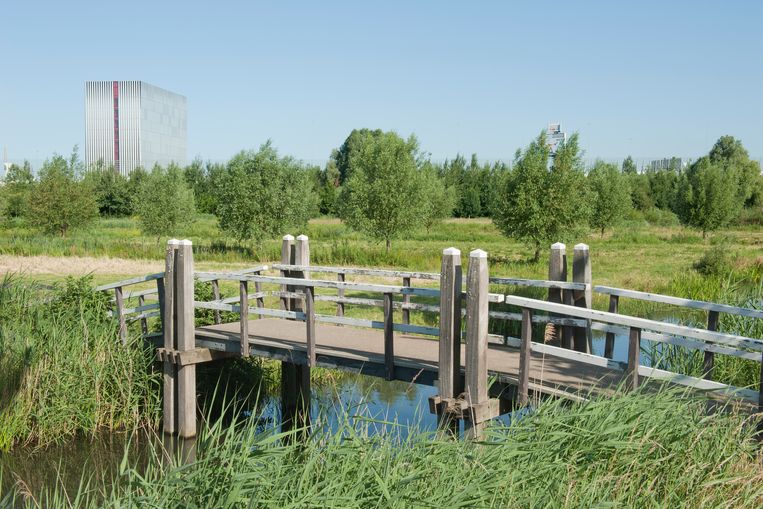Alderman Reinier van Dantzig (Spatial Planning) tightens data center policy in Amsterdam. In 2020, the city opted for a slower growth rate, and now the city says “no, unless.” After Amsterdam announced last week as a shareholder that it would henceforth demand the reduction of Schiphol Airport, this is another tightening of the city government in which economic growth is no longer central.
“Space in Amsterdam is scarce,” says van Dantzig. “Not just the physical space, but also the space on the power grid. We want to grow sustainably with data centers that directly benefit the city. These new plans make that possible.”
Power, cooling water and space
Life is becoming increasingly digital and data centers are desperately needed for all this data traffic. There are now 28 active data centers in Amsterdam. It is of great importance to the technology sector in the capital. The existence of companies such as Booking, Adyen, and others is directly related to the presence of sufficient data storage capacity.
At the same time, there is a lot of criticism about the increasing number of large, often anonymous buildings because they consume a lot of electricity, cooling water and space. These criticisms are increasing, especially at a time when the electricity grid is already overcrowded, and large consumers such as supermarkets and offices who want to install themselves in Amsterdam are already on a waiting list because there is no longer room on the electricity grid.
In 2019, Amsterdam halted the construction of data centers for a year. However, a year later, the door was opened again and new centers could be established in the Amstel III Business Park, the Science Park, the Schinkelquartier and the port area. The demands came. From now on, electricity had to come from a green source, and there was a maximum amount of energy that could be consumed.
However, the municipal council has already asked in 2021 to investigate whether it is possible to close the door further and tighten the policy further. This new “No, unless” policy is now a result of this.
Current applications are ongoing
This does not mean that data centers will not be added in the near future. There are still eight pending applications that fall under the old rules. The Party for the Animals, among others, last year urged finding out whether such requests could be refused, but according to Van Dantzig, this is not legally possible.
If the applications are approved, it means that approximately 350 MVA more data centers will have to be connected to Amsterdam's electricity grid until 2030. In the old policy this was 670 MVA. For comparison: the smallest data centers already consume 20 MVA each, which is equivalent to the amount of electricity per year as a residential area with a population of 35,000.
The city council can also allow exceptions if it serves a clear interest in Amsterdam. This concerns, for example, the relocation (or expansion) of a data center to make way for a new residential area. This is still only possible in already defined business areas and more sustainability requirements apply.
Plans are now available for inspection. To make “no, unless” possible, a so-called comprehensive zoning plan is needed, something that has previously been used, for example, to ban express delivery drivers from residential areas.
The city council must approve this next year. To prevent a surge in applications for data centers in the interim period, no new applications will be processed next year. The new policy is expected to take effect in the second quarter of 2024.
Data centers are under pressure
Financial Times I mentioned last week Dutch data centers are almost fully in use, so the Netherlands' leading position as a data center is under pressure. For example, Microsoft is asking new customers at its massive data center in the north of the Netherlands to wait or choose another location in Europe. Nearly three-quarters of data centers in the Netherlands are located in the Amsterdam region, because the capital is attractive as a transatlantic Internet hub.
About the author: Tim Wagemakers He has been studying Amsterdam politics for almost 10 years and has been writing about it for Het Parool as a political correspondent since 2022.

“Total coffee specialist. Hardcore reader. Incurable music scholar. Web guru. Freelance troublemaker. Problem solver. Travel trailblazer.”






More Stories
“Ask at least one question in return.”
Elbendamers in the Sun: What a Wonderful Little Village
European Space Agency – Space for Kids